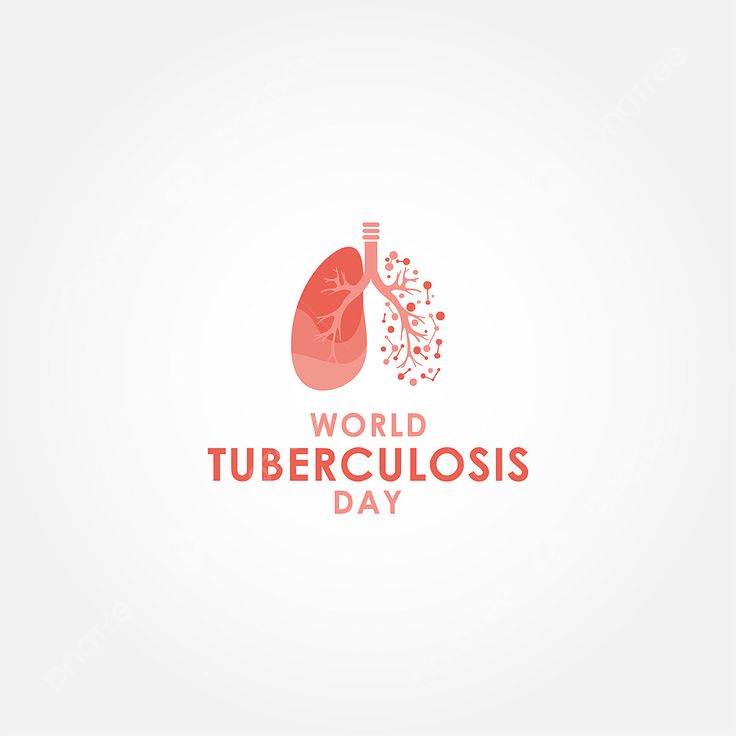8 Key Facts About World Tuberculosis Day That Highlight the Fight Against TB
World Tuberculosis Day, observed annually on March 24, is a global event dedicated to raising awareness about tuberculosis (TB) and its impact on public health worldwide. It aims to highlight the need for continued efforts in the fight against TB and to commemorate the day when Dr. Robert Koch discovered the bacterium responsible for TB in 1882.
What is World Tuberculosis Day?
World Tuberculosis Day is part of a global campaign to raise awareness about tuberculosis, its causes, symptoms, prevention, and treatment. The day emphasizes the importance of early diagnosis and proper treatment to eliminate TB as a public health threat. It is a reminder that TB remains one of the deadliest infectious diseases worldwide.
History of World Tuberculosis Day
- 1882: Dr. Robert Koch, a German physician and microbiologist, discovered the bacterium Mycobacterium tuberculosis, which causes tuberculosis.
- 1993: The World Health Organization (WHO) declared TB a global emergency, and in response, the first World Tuberculosis Day was held.
- Current Theme: Each year, World Tuberculosis Day adopts a theme aimed at tackling specific TB-related challenges. For example, the theme might focus on TB eradication, accelerating research, or improving healthcare access.
Daily Life Impacts of Tuberculosis
TB is a disease that affects millions of lives across the globe. Here’s how TB impacts daily life:
- Health Burden: TB primarily affects the lungs, but it can also spread to other parts of the body, leading to long-term health issues.
- Economic Impact: TB often affects individuals in their prime working years, leading to lost income and economic instability for families.
- Social Stigma: People with TB may face social stigma due to misconceptions about the disease and its transmission.
- Healthcare System Strain: TB remains a major burden on healthcare systems in many developing countries, straining resources for diagnosis, treatment, and prevention.
- Access to Treatment: Many people in low-income regions do not have access to adequate healthcare services for TB diagnosis and treatment, leading to continued spread of the disease.
How is World Tuberculosis Day Observed?
World Tuberculosis Day is observed through various initiatives aimed at raising awareness about the disease:
- Public Awareness Campaigns: NGOs, healthcare organizations, and governments run campaigns through social media, TV, and radio to spread information about TB.
- Community Engagement: Health clinics and local organizations may organize events such as TB screenings, informational sessions, and rallies to raise awareness at the grassroots level.
- Research Conferences: Scientific and medical communities come together to discuss the latest research, treatment protocols, and innovations in TB care.
- Fundraising Events: Organizations host fundraising activities to support TB research, treatment, and prevention programs.
- Advocacy: Activists and experts use this day to advocate for better healthcare policies, increased funding for TB research, and more accessible treatments.
8 Key Facts About Tuberculosis (TB)
- Global Health Threat: TB remains one of the top 10 causes of death worldwide, with approximately 10 million people falling ill with TB each year.
- Deadly but Curable: TB is a treatable disease. With proper antibiotics, most cases of TB can be cured, but delays in treatment or improper adherence to medication can result in resistance.
- TB and HIV: TB is the leading cause of death among people living with HIV, as HIV weakens the immune system, making it easier for TB to develop.
- Drug-Resistant TB: Multi-drug-resistant TB (MDR-TB) is a growing global challenge. It occurs when TB bacteria become resistant to standard treatment drugs, making it more difficult and expensive to treat.
- Symptoms of TB: Common symptoms include a persistent cough, fever, weight loss, night sweats, and chest pain.
- Direct Transmission: TB spreads through the air when an infected person coughs or sneezes, making it highly contagious in crowded and poorly ventilated spaces.
- Vulnerable Populations: Those with weakened immune systems, such as the elderly, children, and people living with HIV, are at higher risk of contracting TB.
- Eradication Goal: The World Health Organization (WHO) aims to end the global TB epidemic by 2030 through better prevention, diagnosis, and treatment strategies.
FAQs About World Tuberculosis Day
Q1: Why is World Tuberculosis Day important?
A: It serves to raise awareness about TB, educate the public about its symptoms, encourage early detection, and promote the importance of completing TB treatment to prevent drug resistance.
Q2: How can we help fight tuberculosis?
A: People can help by spreading awareness, supporting TB research, advocating for accessible healthcare, and encouraging individuals to get tested and treated for TB.
Q3: Can tuberculosis be completely eliminated?
A: Yes, with proper medical care, access to treatment, and public health interventions, tuberculosis can be eliminated, but this requires continued global efforts and investment.
Significance of World Tuberculosis Day
- Raising Awareness: World Tuberculosis Day serves to raise awareness of the continued prevalence of TB and the need for better prevention, diagnosis, and treatment.
- Encouraging Research: It supports global efforts in medical research to develop faster, more effective treatments and vaccines.
- Fostering Global Action: The day provides a platform for governments, NGOs, and the private sector to collaborate in efforts to fight TB.
- Reducing Stigma: By spreading facts and knowledge, it reduces the stigma associated with TB and encourages people to seek help without fear of discrimination.
Wishing and Supporting World Tuberculosis Day
As you recognize this important day, consider sharing these thoughtful messages:
- “Let’s unite to fight tuberculosis. Together, we can raise awareness, save lives, and make a world without TB possible!”
- “On World Tuberculosis Day, let’s spread hope and knowledge. TB is curable, and we all have a role to play in ending it.”
- “Every person matters. Let’s support efforts to eliminate TB and ensure access to treatment for all.”
Conclusion
World Tuberculosis Day is a critical reminder of the ongoing battle against TB, which continues to affect millions of people worldwide. While TB is treatable and preventable, many challenges remain, especially in resource-poor settings. This day encourages individuals, governments, and organizations to unite in the global effort to combat TB, raise awareness, reduce stigma, and support research and treatment initiatives. Together, we can bring an end to tuberculosis and improve public health for future generations.










